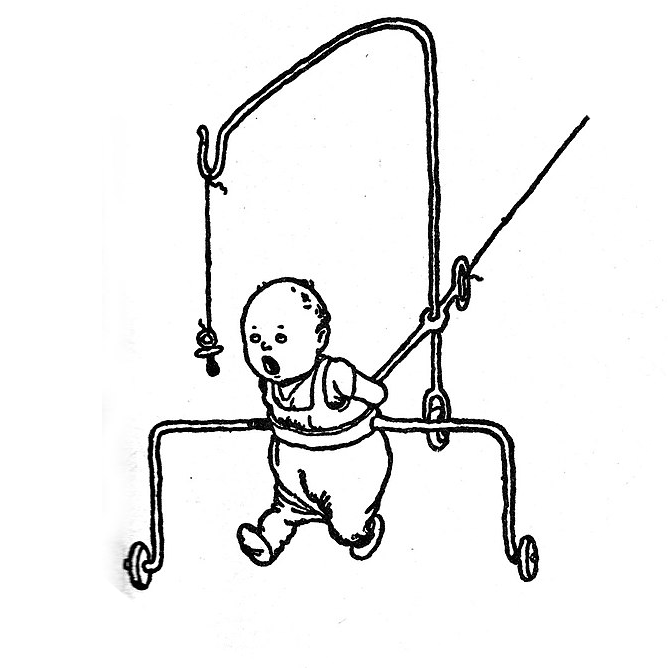Fiber Internet and cable are included in mandatory HOA fees (yay HOAs) so this seems weird. No other homes in the area have anything like this. Also, I’m 99% sure this unit is a full time Airbnb if that might matter (and why I can’t just ask my neighbor wtf is on their roof). Did some reverse image searches and didn’t find a match, that 5G seemed closest to my untrained eye. I don’t like tech shit that I don’t know what the hell it is. Particularly when it’s aimed close to my house. TIA!
Like others have already said, looks like a cell network antenna. Maybe service sucks inside home, so they got a repeater/amplifier?
That indeed looks like a cell network antenna.
My friend is an RF expert and immediately said that’s a cellular antenna, looks like LTE most probably but might support 5G.



